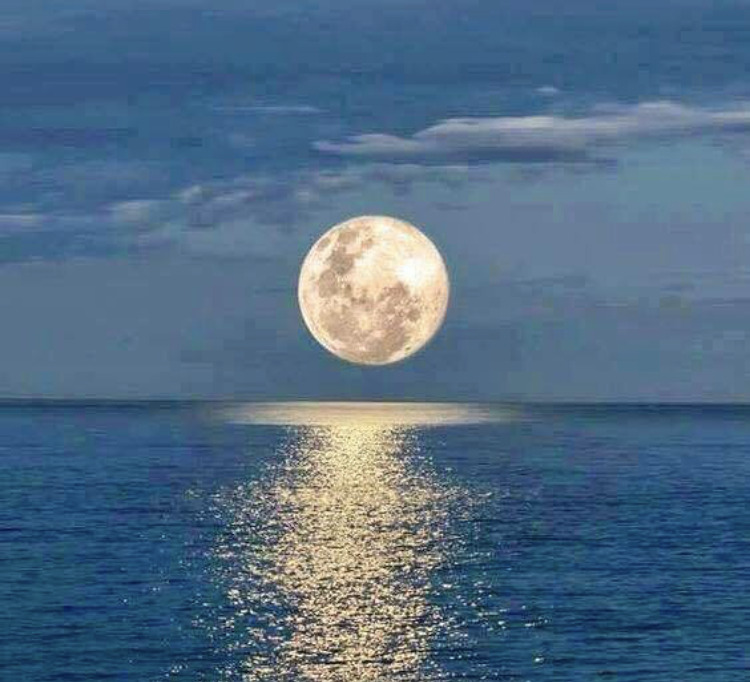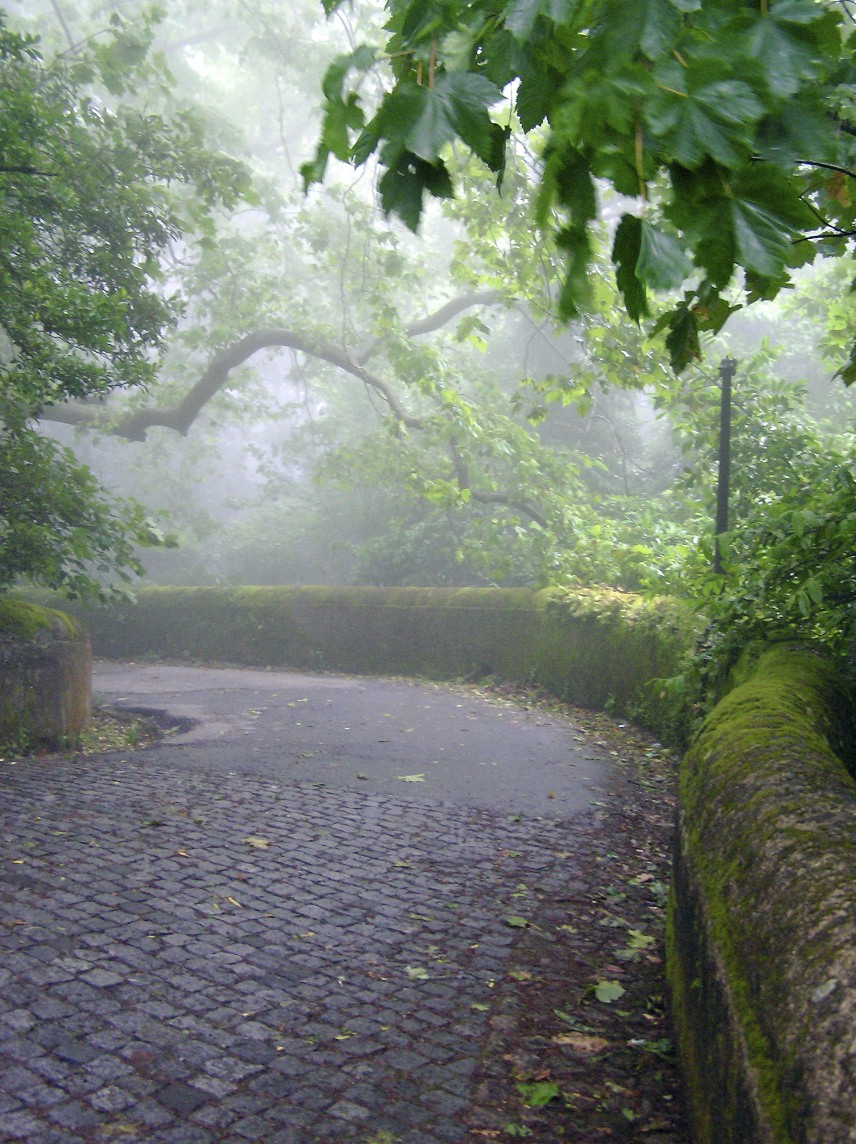
Images are formed and changed by producers and consumers, and by capitalists and communists. Images saturate the lives of artists, bohemians and scientists, entrepreneurs and working men. They are formed and dictated by schools of morality and religions–there are good guys and bad guys in the image of a future. Organization men and rugged individualists, family members (husbands, wives and children, father and mothers) are guided by tangible images of possibility, potentials, attainable goals. The images of the future ultimately bring everyone to the table–as I have repeatedly noted regarding the characteristics of true freedom.
Spatial Eidetics
Polak (1973, p. 3) proposes that spatial images of the Future are a distinct Other (in relationship to our past and present reality and the state of our current world). They have taken many forms through time and have been roughly classified by Polak in the following seven categories:
Before this world: Images concerning an original state of nature a lost paradise, Eden, Arcady.
This world: Images of the Promised Land, the New Jerusalem.
Below this world: Images of Hades or Tartarus an oceanic or volcanic kingdom, a land of the dead, a land of shadows, hell.
Above this world: Images of the beyond, a Kingdom of Heaven, Olympus, empyrean.
Outside this world: Images of the Isles of the blessed, Atlantis, never-never land.
After this world: Images of Elysium, Valhalla, a hereafter, a resting place for spirits of the departed.
Beyond all worlds: Spatial images of a metaphysical-cosmic nature. which are essentially nonspatial and ethereal: The All-One, infinity, nirvana.
As Polak notes, images shape a society and are in turned shaped by the actions and resulting outcomes of a society’s venture into its own future. The specific special position of the image relative to our present world is critical to shaping the response of any society to its immediate and future challenges. I propose that some of the images offered by the social observers we have already reviewed in this essay align with one of Polak’s seven special categories. These largely secular observations have produced both negative and positive images of the future. The world portrayed by some of our observers has either already fallen or will soon fall. We find a secular Hades (below the world) in many of the novels and movies of despair (such as The Road and Mad Max) that describe a lost future. The future described by Arendt and Lasch are almost as bleak, while the diverse futures described by Gergen and Ogilvy are quite challenging (if not depressing).







